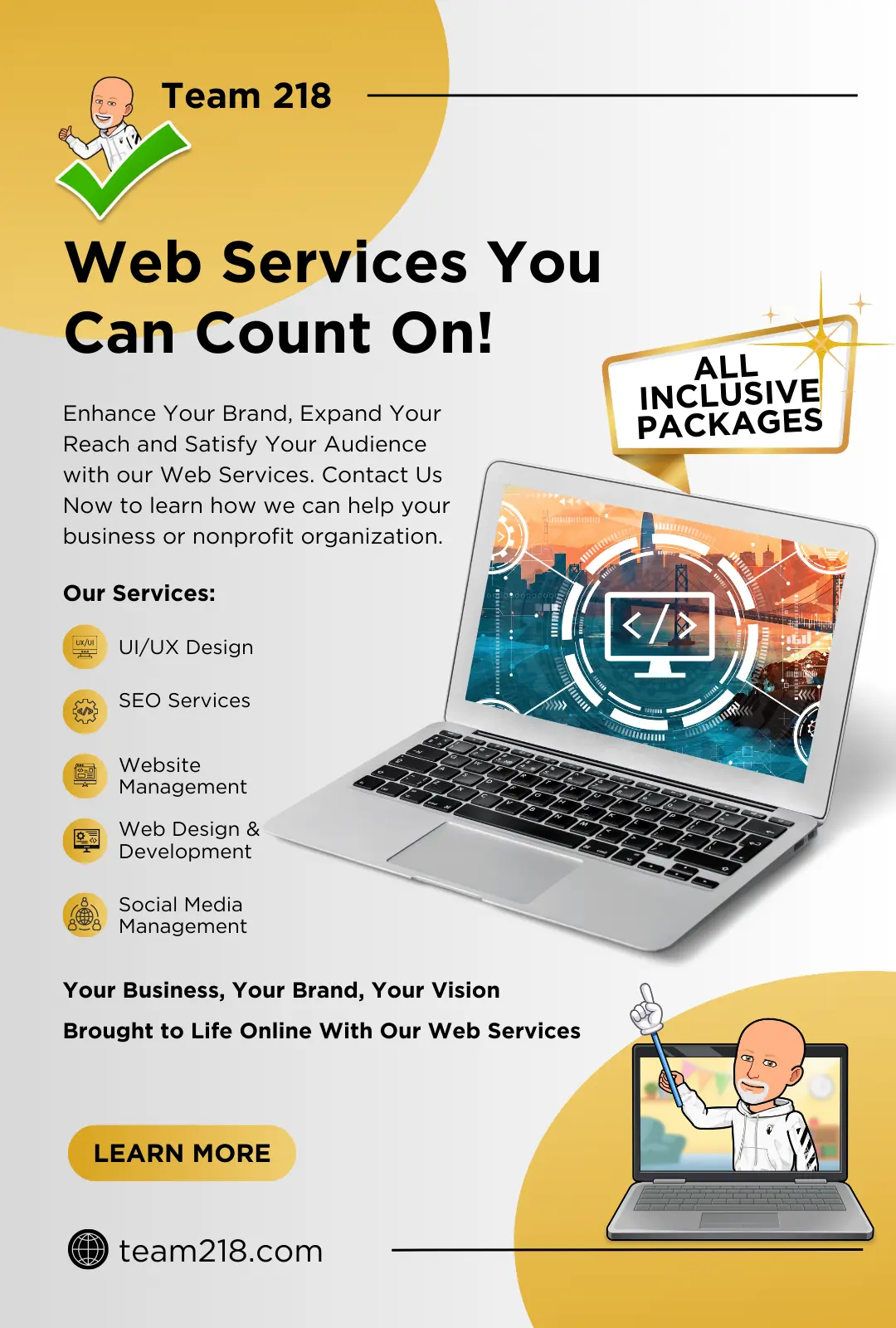Opening the Keys to Exceptional Web Design for Your Business
Opening the Keys to Exceptional Web Design for Your Business
Blog Article
A Comprehensive Overview of the very best Practices in Website Design for Creating Instinctive and Accessible Online Systems
The performance of an online platform hinges significantly on its design, which should not only draw in individuals however additionally direct them effortlessly via their experience. Finest practices in internet design include a series of approaches, from responsive formats to easily accessible navigation frameworks, all focused on cultivating user-friendly communications. Comprehending these concepts is essential for programmers and designers alike, as they directly effect customer fulfillment and retention. Nevertheless, the ins and outs of each method frequently reveal much deeper ramifications that can transform a standard user interface right into an exceptional one. What are the crucial elements that can boost your system to this level?
Understanding Individual Experience
Comprehending customer experience (UX) is essential in website design, as it straight affects exactly how visitors engage with a site. A well-designed UX makes sure that customers can browse a site intuitively, accessibility the info they look for, and total desired activities, such as signing or making an acquisition up for a newsletter.
Trick aspects of efficient UX design include functionality, ease of access, and aesthetics. Functionality focuses on the simplicity with which users can complete jobs on the internet site. This can be achieved via clear navigating frameworks, sensible material organization, and responsive comments mechanisms. Ease of access makes sure that all individuals, including those with specials needs, can connect with the website properly. This entails adhering to developed standards, such as the Internet Content Accessibility Guidelines (WCAG)
Looks play an essential role in UX, as visually appealing styles can boost customer complete satisfaction and engagement. Color pattern, typography, and imagery must be thoughtfully chosen to create a natural brand identity while likewise facilitating readability and comprehension.
Eventually, focusing on customer experience in website design fosters better customer fulfillment, urges repeat sees, and can substantially improve conversion prices, making it a fundamental element of effective electronic approaches. (web design)
Value of Responsive Design
Responsive style is a crucial element of contemporary web growth, guaranteeing that web sites give an optimum viewing experience throughout a wide variety of devices, from desktops to smart devices. As user actions increasingly changes towards mobile surfing, the need for websites to adjust flawlessly to numerous screen sizes has become critical. This adaptability not just boosts usability however also dramatically impacts user interaction and retention.
A responsive layout uses fluid grids, flexible images, and media questions, enabling a natural experience that keeps capability and aesthetic integrity no matter of device. This method removes the need for individuals to focus or scroll flat, causing a more instinctive interaction with the web content.
Furthermore, internet search engine, notably Google, focus on mobile-friendly websites in their rankings, making responsive layout necessary for preserving presence and access. By taking on responsive style concepts, services can get to a wider target market and improve conversion rates, as users are most likely to engage with a website that offers a smooth and consistent experience. Inevitably, responsive layout is not simply a visual selection; it is a calculated requirement that shows a commitment to user-centered style in today's electronic landscape.
Simplifying Navigation Frameworks
A well-structured navigating system is essential for improving the customer experience on any kind of internet site. Simplifying navigation structures not just help users in locating information promptly but likewise fosters interaction and decreases bounce rates. To accomplish this, internet designers ought to prioritize quality with the use of uncomplicated labels and classifications that show the web content properly.

Incorporating a search attribute even more boosts usability, allowing customers to find material directly. In addition, carrying out breadcrumb routes can supply customers with context concerning their area within the website, promoting simplicity of navigating.
Mobile optimization is another important aspect; navigating ought to be touch-friendly, with plainly defined switches and links to fit smaller screens. By reducing the variety of clicks needed to accessibility content and ensuring that navigating is consistent throughout all pages, developers can create a seamless customer experience that encourages exploration and reduces stress.
Prioritizing Accessibility Specifications
Roughly 15% of the international population experiences some type of disability, making it necessary for internet developers to prioritize access standards in their jobs. Access encompasses different elements, consisting directory of aesthetic, auditory, cognitive, and motor disabilities. By sticking to developed guidelines, such as the Web Material Availability Standards (WCAG), developers can develop comprehensive digital experiences that satisfy all individuals.
One fundamental method is to ensure that all web content is perceivable. This consists of supplying alternate message for images and guaranteeing that videos have transcripts or captions. Additionally, key-board navigability is critical, as many users rely upon key-board faster ways as opposed to computer mouse communications.
 Furthermore, color comparison need to be meticulously taken into consideration to suit individuals with visual impairments, making certain that message is readable against its history. When designing kinds, tags and mistake messages should be detailed and clear to help individuals in completing jobs successfully.
Furthermore, color comparison need to be meticulously taken into consideration to suit individuals with visual impairments, making certain that message is readable against its history. When designing kinds, tags and mistake messages should be detailed and clear to help individuals in completing jobs successfully.Finally, conducting usability screening with people who have handicaps can provide invaluable understandings - web design. By focusing on accessibility, web developers not just adhere to lawful requirements but additionally broaden their audience reach, promoting a more comprehensive on the internet atmosphere. This commitment to access is necessary for a genuinely navigable and easy to use internet experience
Utilizing Visual Power Structure
Clearness in basics layout is critical, and making use of visual power structure plays a vital role in accomplishing it. Aesthetic hierarchy describes the setup and discussion of components in such a way that plainly indicates their significance and overviews user attention. By strategically employing size, shade, spacing, and comparison, designers can create a natural flow that routes customers through the material effortlessly.
Using bigger typefaces for headings and smaller ones for body text develops a clear distinction in between areas. Additionally, utilizing vibrant shades or different histories can accentuate crucial info, such as call-to-action switches. White area is just as essential; it helps to avoid clutter and enables users to focus on the most essential aspects, improving readability and general individual experience.
One more secret element of visual pecking order is using imagery. Relevant images can enhance understanding and retention of information while also breaking up message to make web content extra absorbable. Eventually, a well-executed aesthetic pecking order not only enhances navigation however likewise promotes an user-friendly interaction with Discover More the web site, making it most likely for individuals to accomplish their objectives successfully.
Conclusion

In recap, adherence to ideal methods in internet style is essential for developing navigable and user-friendly on-line systems. Emphasizing receptive design, simplified navigating, and ease of access criteria fosters a comprehensive and easy to use atmosphere. Furthermore, the reliable use visual power structure improves user engagement and readability. By focusing on these aspects, web designers can substantially improve customer experience, ensuring that on-line systems meet the varied demands of all users while assisting in efficient communication and fulfillment.
The effectiveness of an online system hinges substantially on its style, which need to not only bring in users yet additionally lead them effortlessly via their experience. By embracing responsive layout concepts, organizations can reach a wider target market and enhance conversion rates, as customers are extra most likely to engage with a site that offers a smooth and consistent experience. By adhering to established standards, such as the Internet Web Content Access Guidelines (WCAG), designers can produce inclusive electronic experiences that provide to all customers.
White room is similarly vital; it aids to stay clear of clutter and permits individuals to focus on the most important aspects, improving readability and general individual experience.
By prioritizing these elements, web developers can substantially improve individual experience, making sure that online systems meet the diverse requirements of all customers while facilitating reliable interaction and satisfaction.
Report this page